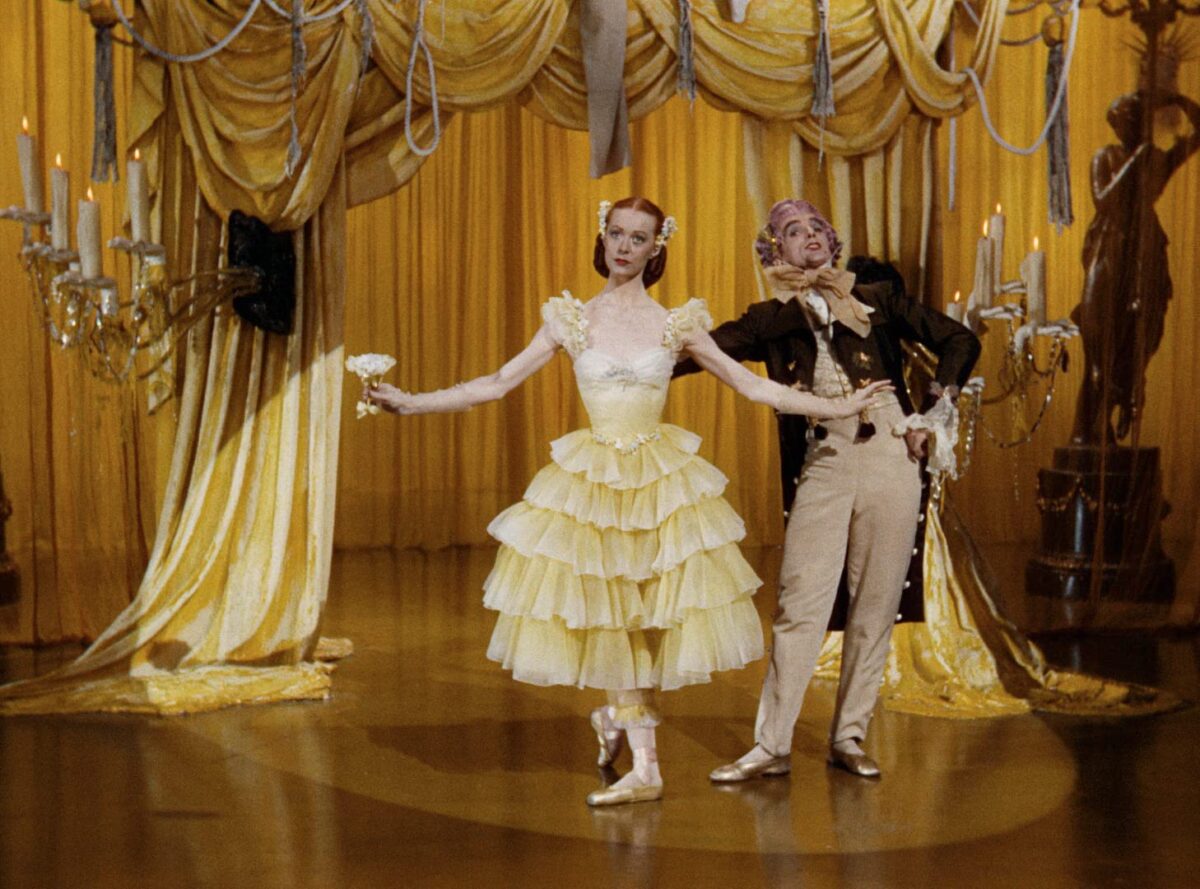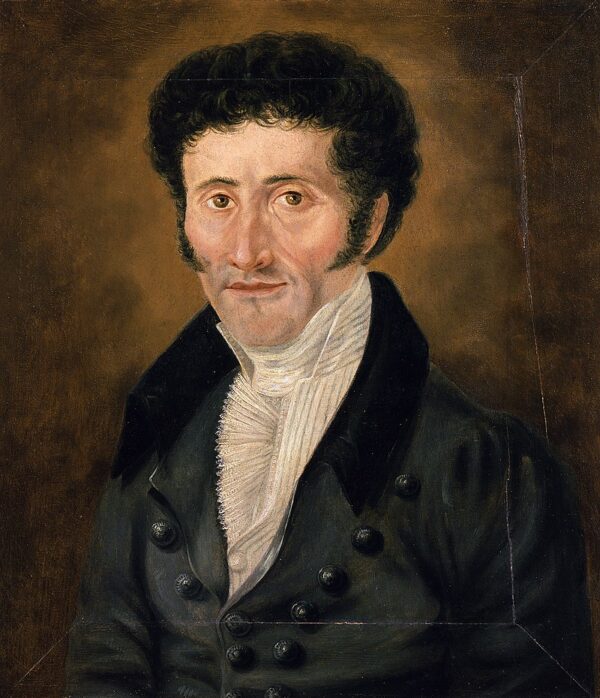


A mechanical doll, a young singer, and a Venetian courtesan. All are loved by Hoffmann, the central character of the “Tales of Hoffmann,” a captivating opera where reality and fantasy become one.
Based on three stories by E.T.A. Hoffmann, the opera follows the love of Hoffmann for Olympia, Antonia, and Giulietta. Despite being a dark tale, it is filled with melodic richness, instantly recognizable arias, funny moments, and emotional depth. It is also Jacques Offenbach’s last and greatest work, with a fascinating background.
During his lifetime, Offenbach was famous for his operettas, a light operatic genre he popularized. However, the composer wanted to be remembered for more, and the “Tales of Hoffmann” (“Les contes d’Hoffmann”), with a libretto written by Jules Barbier, became a masterpiece of French Romantic opera. Unfortunately, Offenbach died before the premiere in Paris, leaving the score incomplete.
Ernest Guiraud completed the score, and the posthumous premiere in 1881 at the Opéra-Comique in Paris was an immediate success. Performed 100 times in its opening year, the “opéra fantastique” gained an immediate following, which endures to this day.
The “Tales of Hoffmann” is one of the most popular works in the opera repertory. Its compelling story, featuring themes of love, music, truth, illusion, art, and science, is unique and continues to fascinate audiences all over the world. Over the years, music scholars found different manuscripts for the opera and different versions of the score, but the overall story remains generally the same.
The opera begins with the prologue in Luther’s Tavern in Nuremberg. Hoffmann is thinking about his love for Stella, a famous opera singer. As always, he is accompanied by his muse, disguised as Nicklausse, the poet’s friend.
A crowd of students arrives at the tavern, and Hoffmann entertains them with the tale of Kleinzach, a legendary dwarf. However, the poet’s mind keeps wandering off, preoccupied with romance. Encouraged by the students, he starts to tell them about his past loves. Councillor Lindorf, Hoffmann’s rival for Stella, plays a crucial role in these, and becomes the villain in the three unfortunate love affairs.
Hoffmann’s first love is Olympia, a mechanical doll. Hoffmann arrives at a party organized by Spalanzani to show off his newest invention and falls deeply in love with Olympia, who he believes to be human despite Nicklausse’s warnings. The doll performs a brilliant aria, and Hoffmann, wearing a pair of magic glasses, is infatuated. The glasses’ maker, Coppélius, a representation of Councilor Lindorf, is furious when Spalanzani gives him a bad check for his contribution to making Olympia and so smashes the mechanical doll. Horrified, Hoffmann has to accept she is not human.
The young singer, Antonia, is Hoffmann’s next love. Hoffmann and Nicklausse visit her, and they sing a love song. However, the singing exhausts Antonia and she’s forbidden to sing due to her poor health. The villain, Dr. Miracle, leads her to her death by encouraging her to sing.
In Venice, Hoffmann meets the beautiful courtesan Giulietta, and falls in love with her. She is under the influence of Dapertutto, a sorcerer who wishes to procure Hoffmann’s reflection. Giulietta carries out the magician’s wish, and breaks Hoffmann’s heart as she takes on a new lover, drifting away in a gondola.
Back in Luther’s Tavern, the “tales” are over. Stella arrives at the tavern and, finding Hoffmann drunk, leaves with Lindorf. Although she declares her eternal love for the poet, Stella tells him to find consolation in his art. Hoffmann begins to awaken, inspired by the various characters. His creative genius is reborn from the ashes of his suffering.
“The Tales of Hoffmann,” as well as being a captivating story with great emotional depth, marks Offenbach’s musical genius through a memorable score.
The “doll aria” is the most famous aria of the opera. It is a florid aria for a coloratura soprano and one of the most demanding in the operatic repertoire. Its music is so difficult that it seems only a machine could sing it, through which the composer explores the lines between fantasy and reality.
Generally, the three heroines are sung by three separate singers, with different voice types. However, sometimes one singer sings all the roles, to reinforce the idea that they are all facets of Stella. This is an arduous task, demanding great flexibility and technique with different demands upon the voice, from coloratura, to lyric or dramatic soprano.
Another famous piece in this opera is the “Barcarolle,” a duet between Giulietta and Nicklausse about the pleasures of love, generally sung by a soprano and mezzo-soprano. It is one of the most famous and beautiful melodies in opera history.
Many other arias fill this memorable score. A work like no other, the “Tales of Hoffmann” earned its place in the opera repertory through its captivating story and compelling score, with the ultimate message that life experiences can be transformed into great art.




